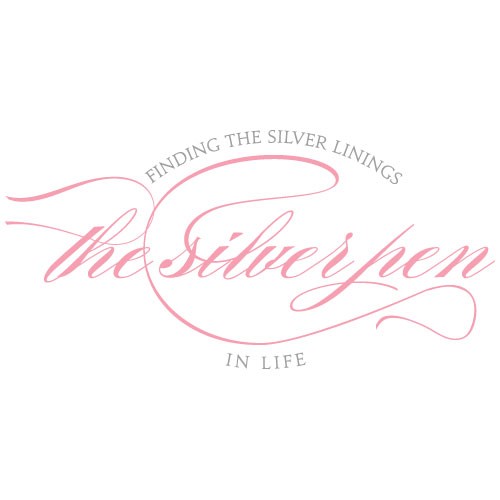As I think about this new year filled with inspirational new intentions, I also think about changing habits. I have some really good habits and a few, ahem, not-so-good habits. In keeping with my Silver Lined philosophy, I’m inclined toward focusing on growing and improving the good ones and shedding the not-so-good habits.
Some habits are relatively simple, like limiting e-mail time or web surfing (well, actually, those aren’t altogether that easy!). Others like lifestyle and dietary ones may take a great deal more effort and focus. As you know by now, I’m a list kind of gal. So, here’s how I approach habit changing:
- Analyze: Identify a habit that you want to change (e.g., Winter Dream Tea Latte’s at Coffee Bean and Tea Leaf). How is this bad habit affecting you (the caffeine and milk are both no-no’s post-FBC)? How is this habit affecting other people (the caffeine makes me a grump and, I believe, contributes to hot flashes!)? The first step to change any habit is to analyze why we have the habit in the first place (OMG are they good!!!!), making a diagnosis, if you will. If a habit were entirely destructive, we wouldn’t use it. DUH. The reason any habit exists is because at some level it gives us positive reinforcement (Yumminess).
- Decide: You must decide that breaking bad habits through a conscious effort is worth the effort. It is important to convince yourself that the change in the habit is worth the effort, a cost-benefit analysis of sorts. Clearly, getting myself fully back on the vegan wagon is the right thing for me and my body. It helps me feel good, look good and I know in my heart of hearts that this is key to preventing a recurrence. What?!? It must be said!
- Strategize: Now that the impact of the habit has been analyzed and the decision to change has been made, I like to form a strategy for changing the habit. Likely you will need to make a bunch of minor habitual adjustments in order to smoothly transition your new habit (e.g., focusing on an herbal tea ritual at home and removing Coffee Bean from the automatic pilot feature on my car). Identifying as many minor changes involved in the habit is the key to success. Here’s another example: if you are starting a new diet, you need to identify all the other things you will need to adjust to compensate. Will you need to buy new food? Will you have to change the food you order at restaurants? Will you have to learn how to cook this new food? Will you have to replace your habit of eating when stressed to a different activity? The failure of most habit changes lies in this step. The Silver Lining is that knowing how important strategy is will get you that much closer to success!
- Dedicate: This is HUGE. You must be determined to do whatever it takes for breaking bad habits so that you can better control your life. You make a decision that “no matter what” you will change the habit. You do the work required to stop. One of the things that really helps me change is imaging a stop sign. That’s right. If I dream of a tea latte, then a big (sometimes HUGE!) stop sign appears in my mind. Kind of rudimentary, but hey, it works for moi!
- Persist: There will be times when you question whether it is all worth it. You’ll say to yourself that breaking these bad habits is too difficult; that you are too “weak” to change. Your old self, often so comfortable living with the bad habits, is trying to hold on. Continual day-by-day actions are what are critical. This is NOT about an occasional action or step. It is about being unflinchingly persistent every day.



yep